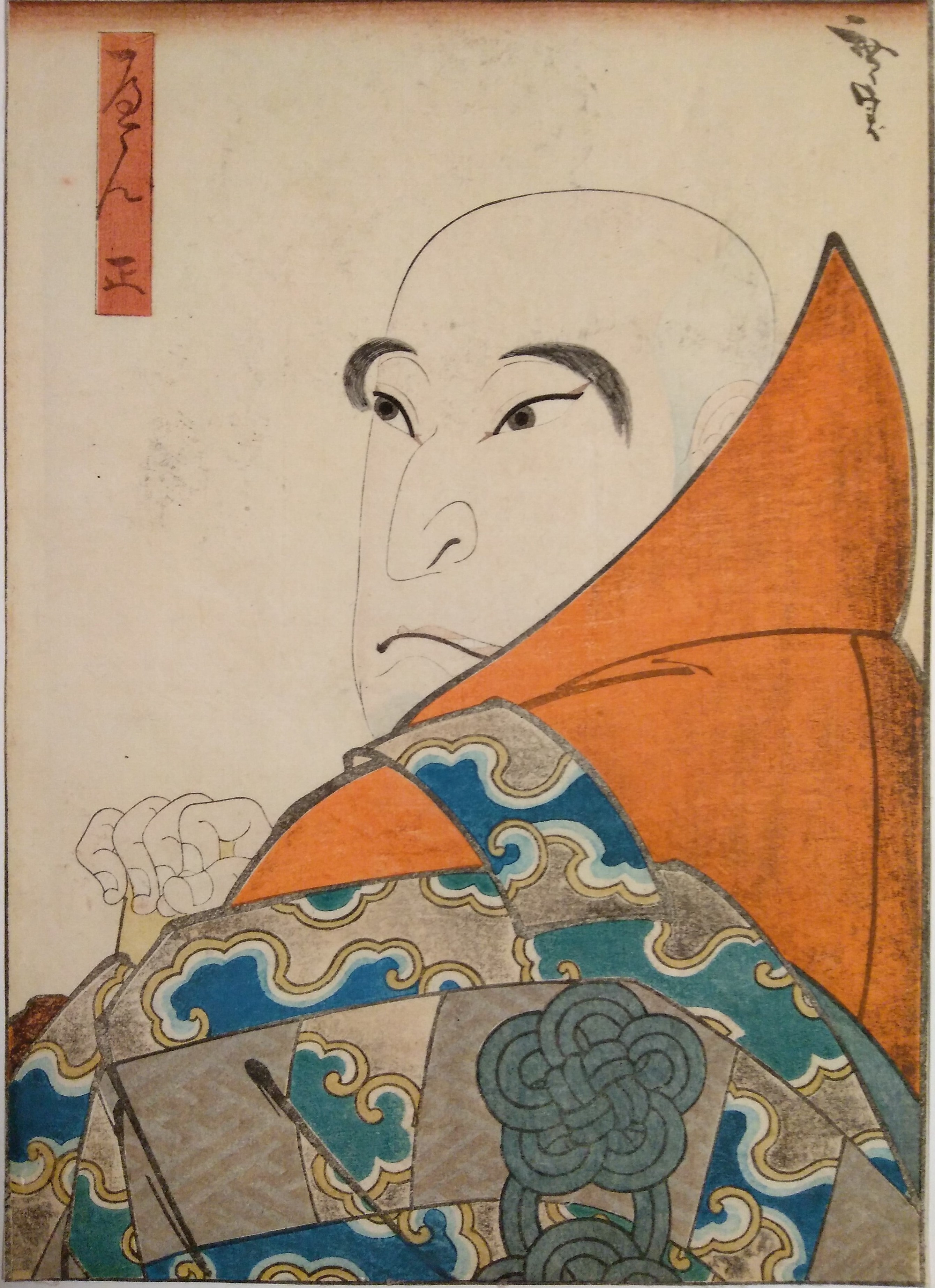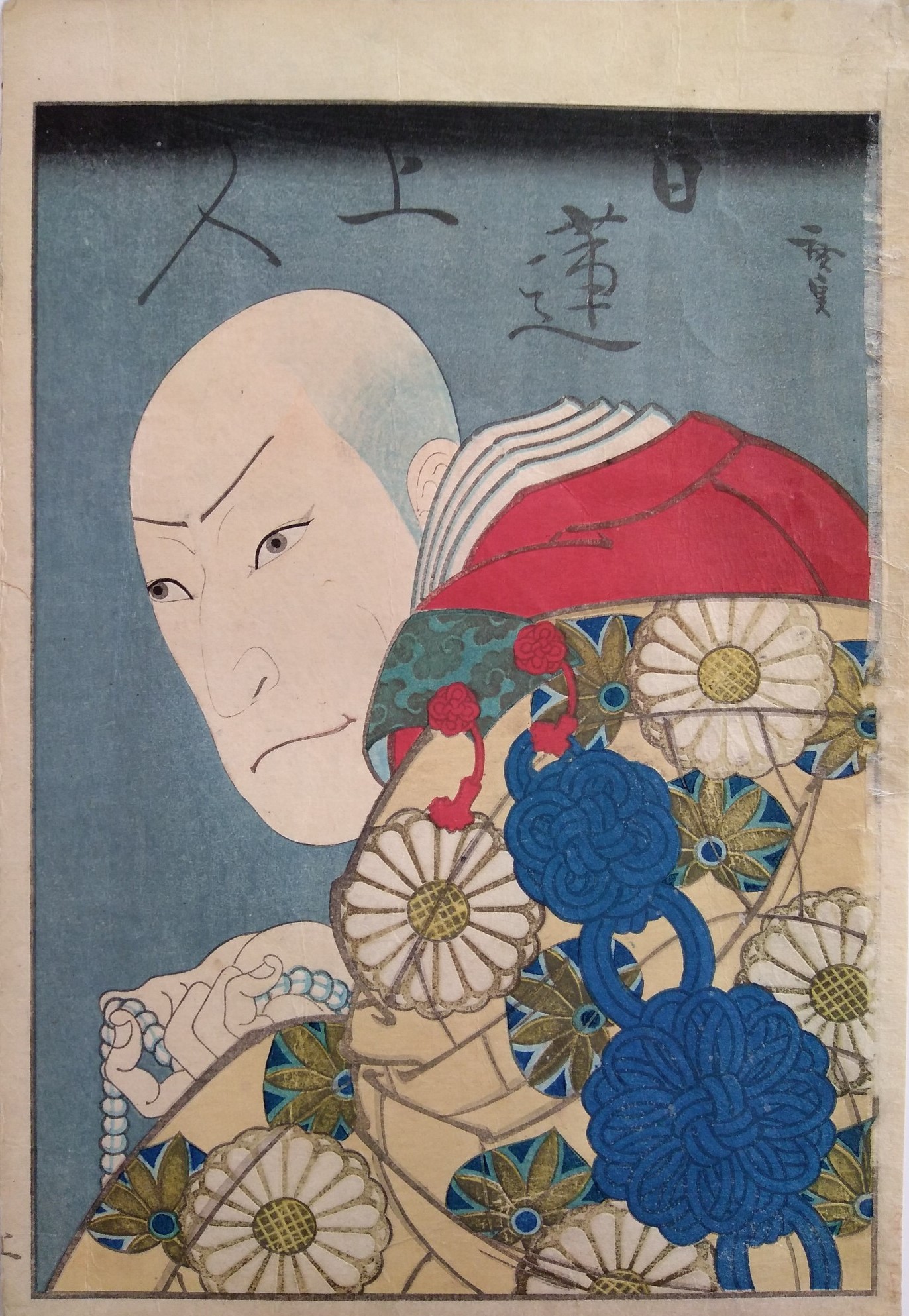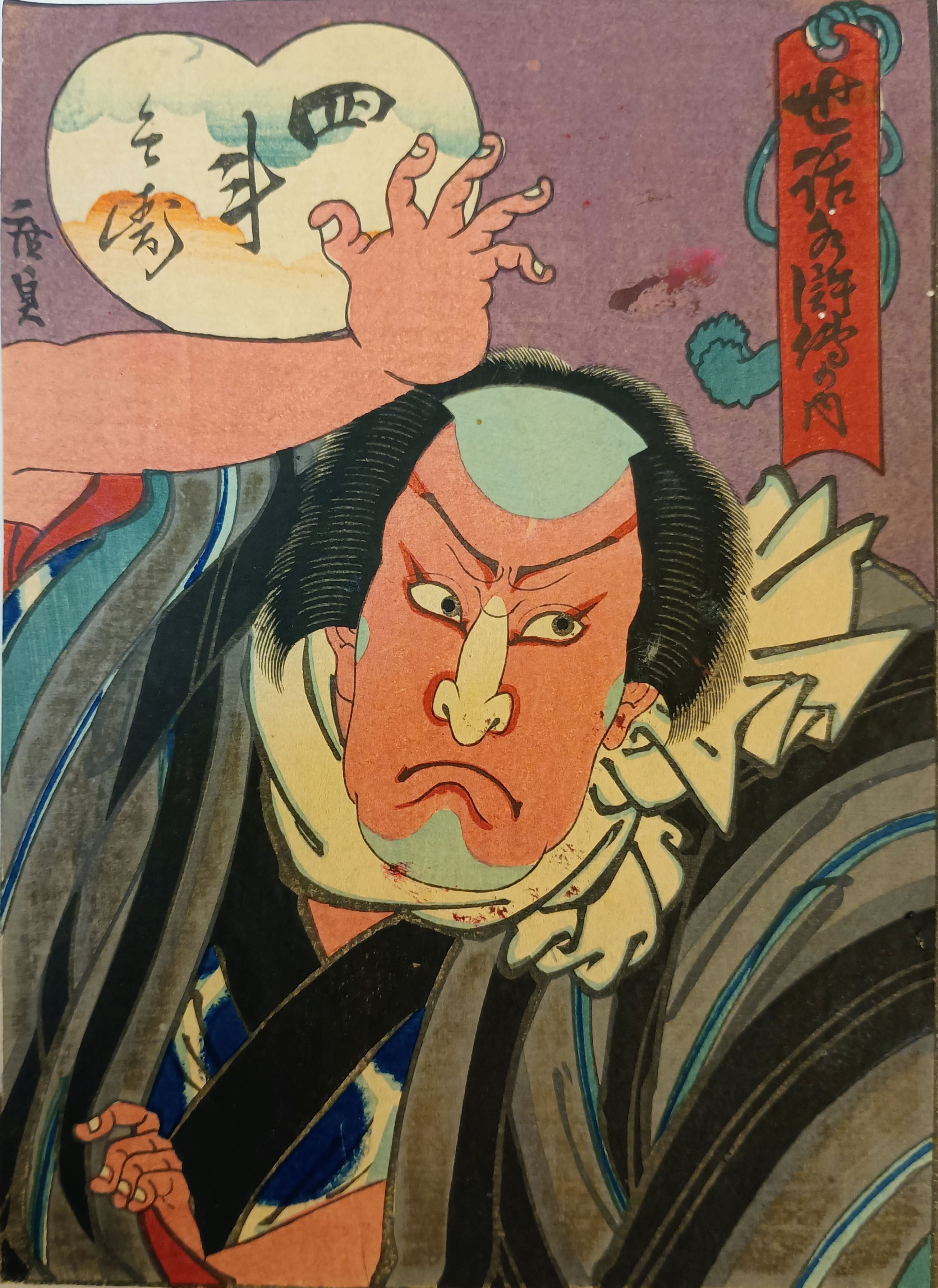Utagawa Hirosada
1810 ~ 1864Utagawa Hirosada, also known as Konishi, was one of the most important and prolific artists based in Ōsaka during the late Edo period.
He is believed to have been a pupil of Kunimasu Utagawa.
In 1852, Hirosada visited Edo with two other Ōsaka artists, Sadamasu and Sadayoshi, contributing landscapes and insert designs to two collections by Kunisada.
This collaboration may explain why Hirosada adopted the Utagawa name.
His production of yakusha-e, or "actor prints," is estimated to include about 800 pieces, mostly medium-sized (chūban) full-body and close-up (ōkubie) prints.
Hirosada is known for his exceptionally expressive and dramatic style in depicting kabuki scenes and famous actors. His ability to convey the narratives of kabuki
drama and the emotions of the actors was of very high standards for his time.
Hirosada`s works are found in numerous collections, including the Victoria & Albert Museum, the British Museum, and the Philadelphia Museum of Art, underscoring the
peak popularity of the yakusha-e genre during his career.
 Sold Out
Sold Out
Henjō, born as Yoshimine no Munesada, was a renowned poet and Buddhist priest of the Tendai sect during the early Heian era (794 - 1185).
He is celebrated as one of the six notable waka poets, known as the Rokkasen, and is also included among the Thirty-Six Immortals of Poetry, a prestigious group of classical
Japanese poets.
Henjō`s poetry is prominently featured in the "Kokinwakashū", one of Japan`s most important anthologies of waka poetry, compiled in the early 10th century. This anthology holds
a significant place in Japanese literary history alongside the "Manyōshū", as it reflects the aesthetic and thematic preferences of the early Heian period.
Henjō`s works often explore themes of nature, love, and Buddhist philosophy, embodying the delicate and evocative style characteristic of Heian-era poetry.
His contributions to the "Kokinwakashū" and his inclusion in the Rokkasen and Thirty-Six Immortals of Poetry underscore his enduring influence on Japanese literature and cultural heritage.
Sold Out
 Sold Out
Sold Out
The kabuki actor Nakayama Nanshi playing as onnagata the female role of Nanazato hime, from the drama Nichiren Shōnin Minori no Umi.The print is the second one from a diptych and it can be understood by the presence of the japanese character shitain the lower left side of it. On the opposite side the publisher seal has been applied in red.
Sold Out
 Sold Out
Sold Out
This print shows the actor Kataoka Gado II as Yasuda Tomoharu, a character from the Noh theatre drama Mochitsuki (望月).
Information about this version of the print are scarce. It actually doesn`t show anywhere the sign of the artist, but having another identical print Hirosada`s sign on the left side
of the blue cartouche containing the character name it may be reasonable to consider this one an edition released soon after the first one.
A black seal on the lower left corner (蔦勘, Tsutakan) should suggest us the publisher name, different, however, from the one Hirosada used to work with, named Kinkadō (金華堂).
Sold Out
 Sold Out
Sold Out
A print portraying the kabuki actor Jitsukawa Enzaburō playing the role of Nichiren from the drama Nichiren Shōnin Minori no Umi. The print is the first one from a diptych and it can be understood by the presence of the character "ue" (上) that slightly appears from left side of it.
Sold Out

